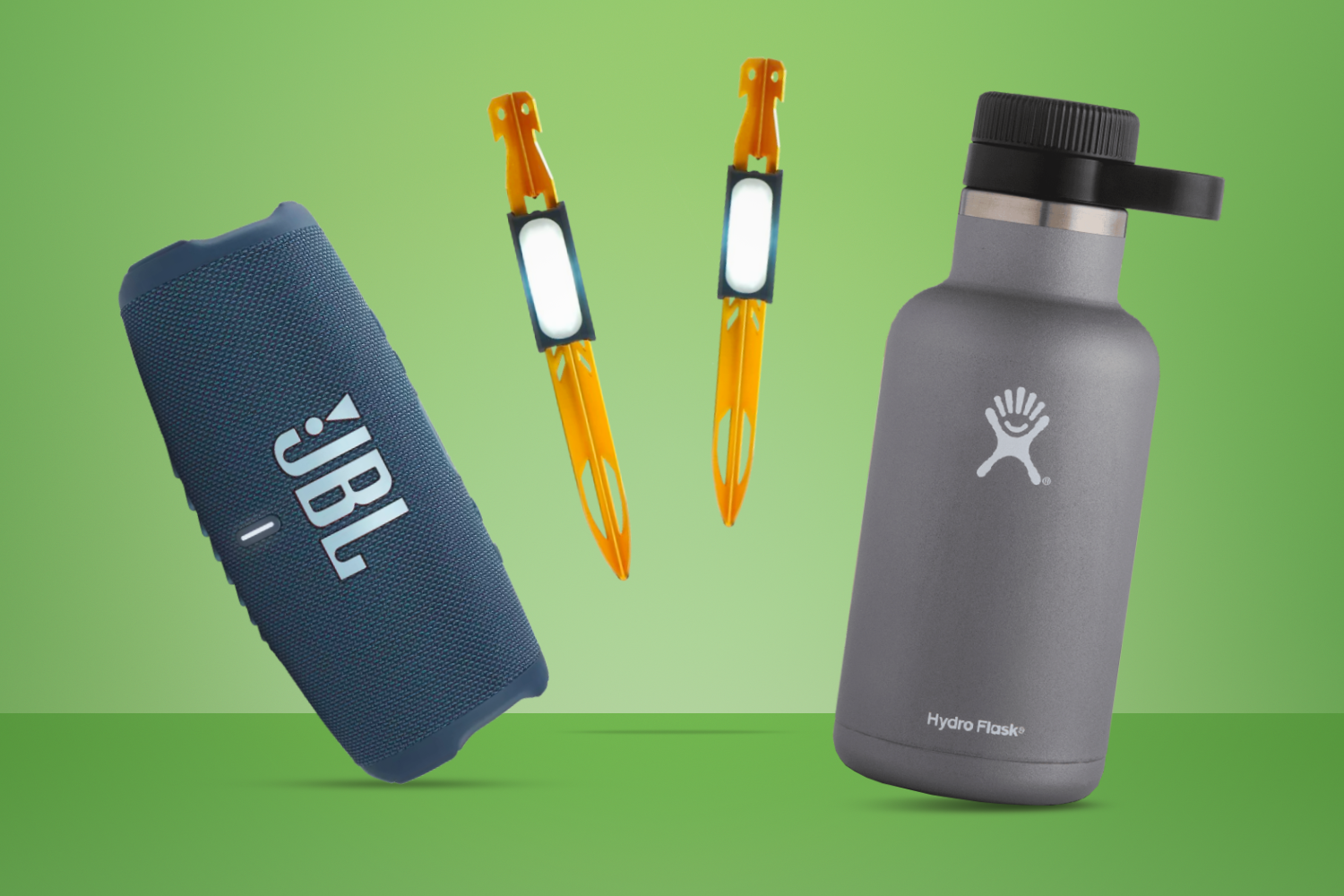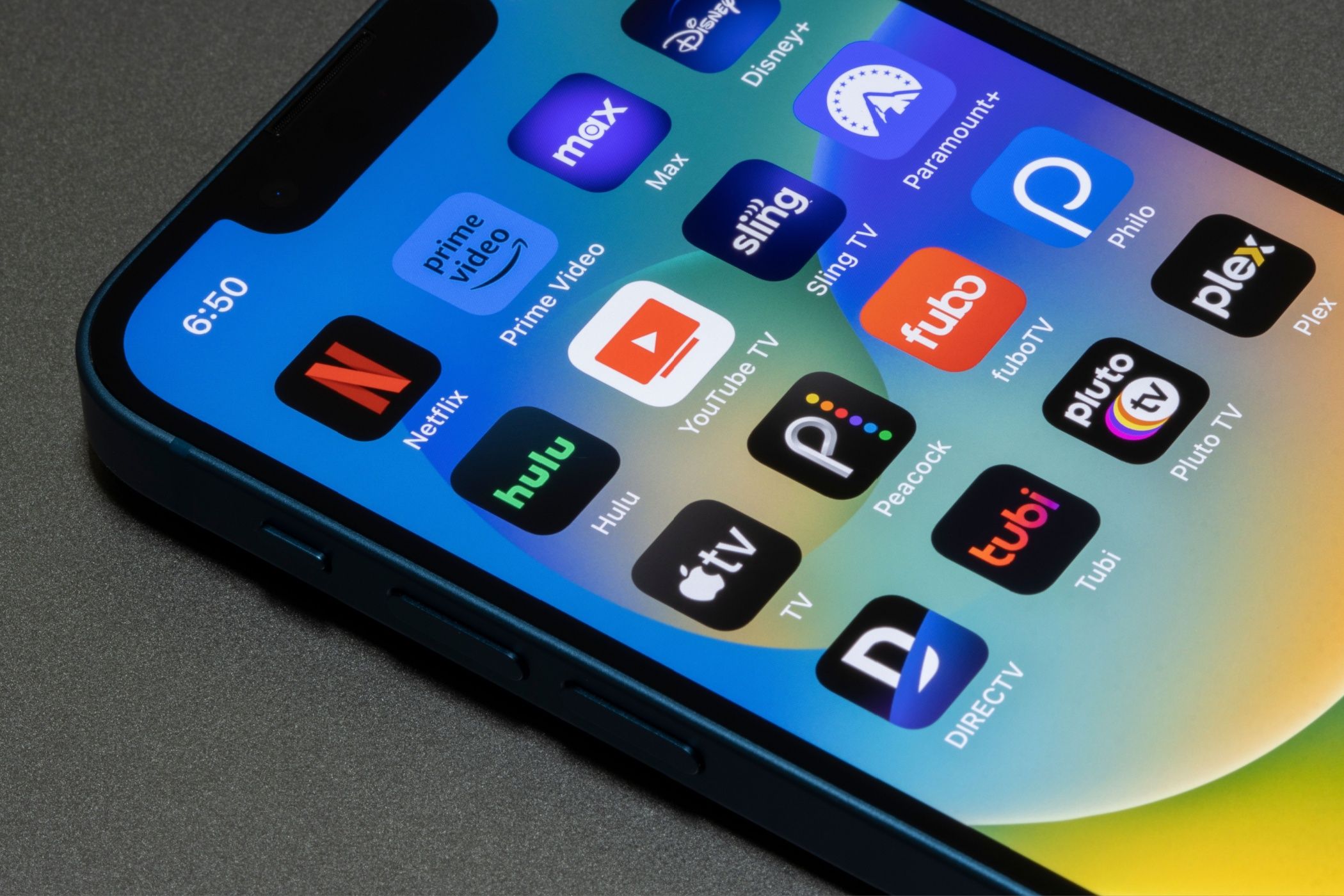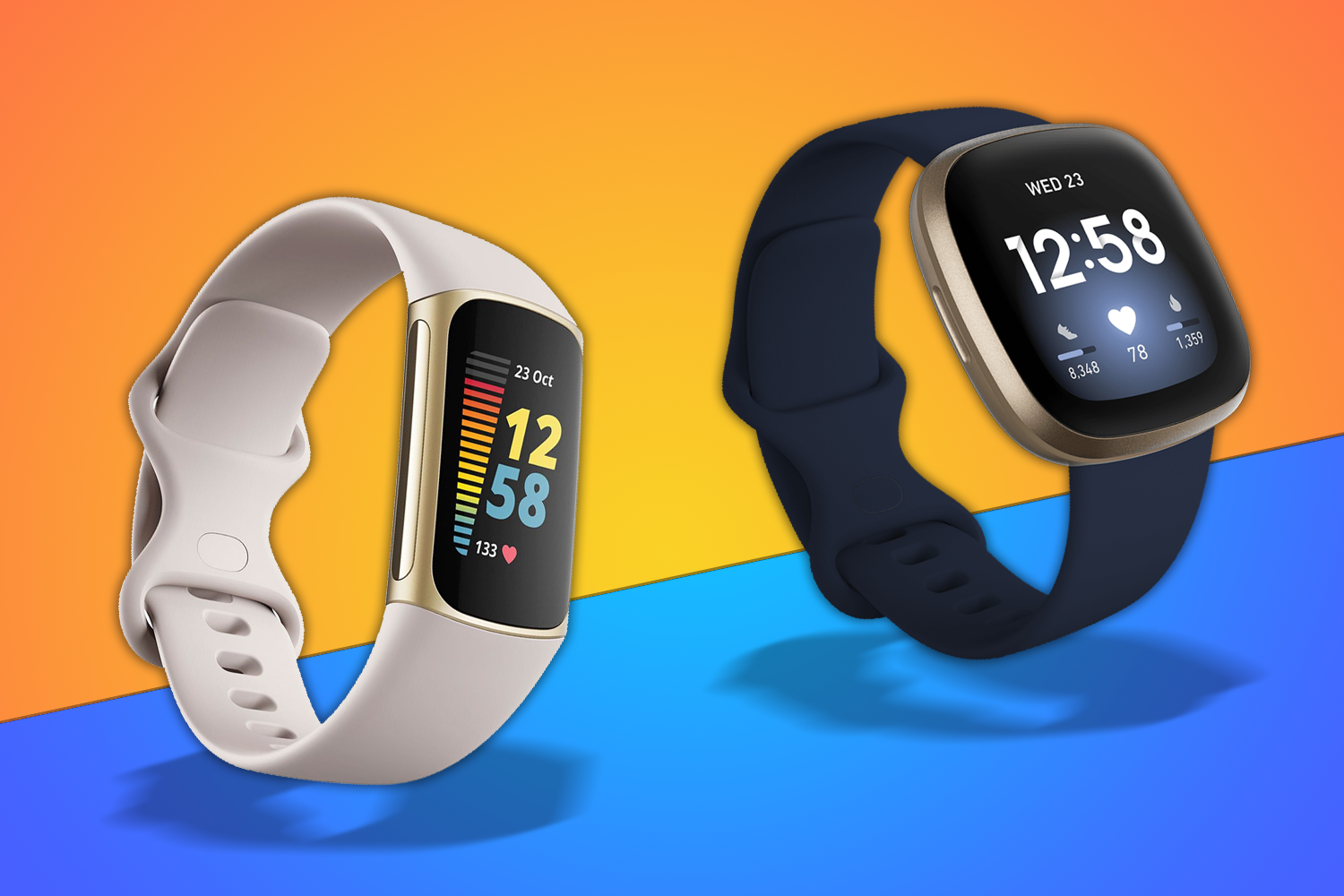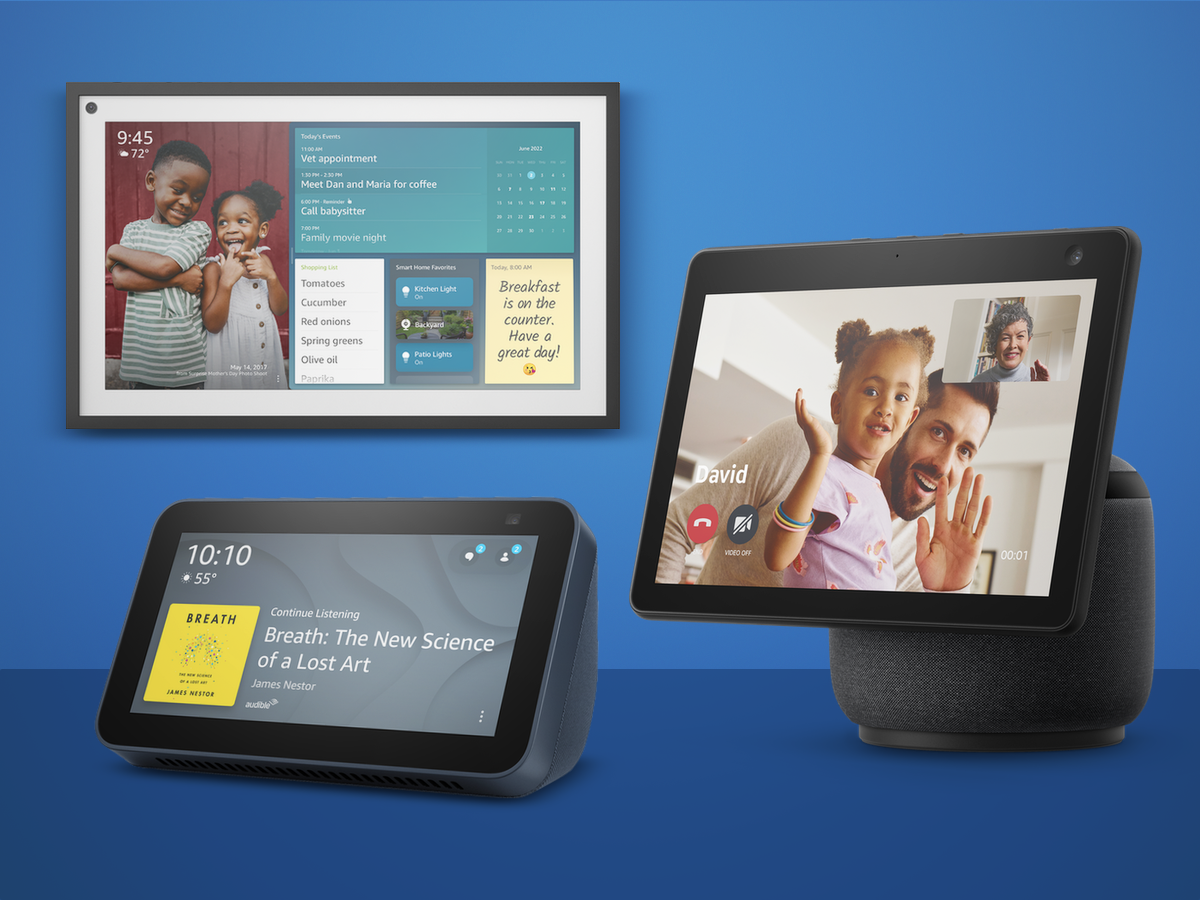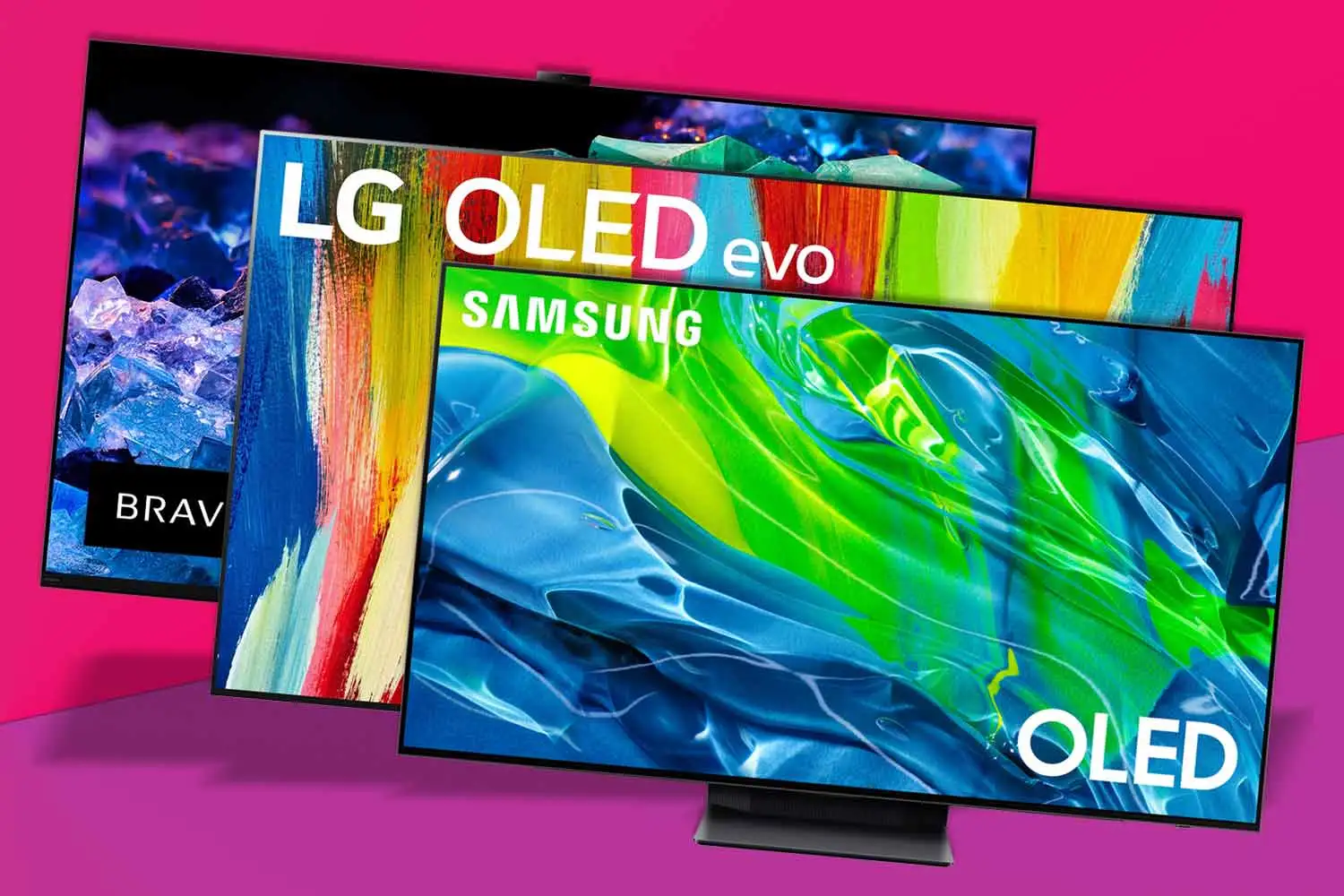Most of the headline acts on Stuff’s upcoming smartphones list are full-on flagships that promise unbeatable performance and killer cameras – but will also come with a wallet-punishing price. The Google Pixel 9a could be the affordable alternative: a more modest mid-ranger that can still take a stunning snap, and has enough oomph to go big on the phone world’s favourite new toy, generative AI.
With the Pixel 8a having been with us almost six months, and the Pixel 9 series out in the wild, it’s time to think about what we can expect from a Pixel 9a. From hardware and software to pricing and release date, here’s all the info that has leaked so far – plus a healthy dose of speculation – to tide you over until Google makes things official.
Google Pixel 9a expected price and release date
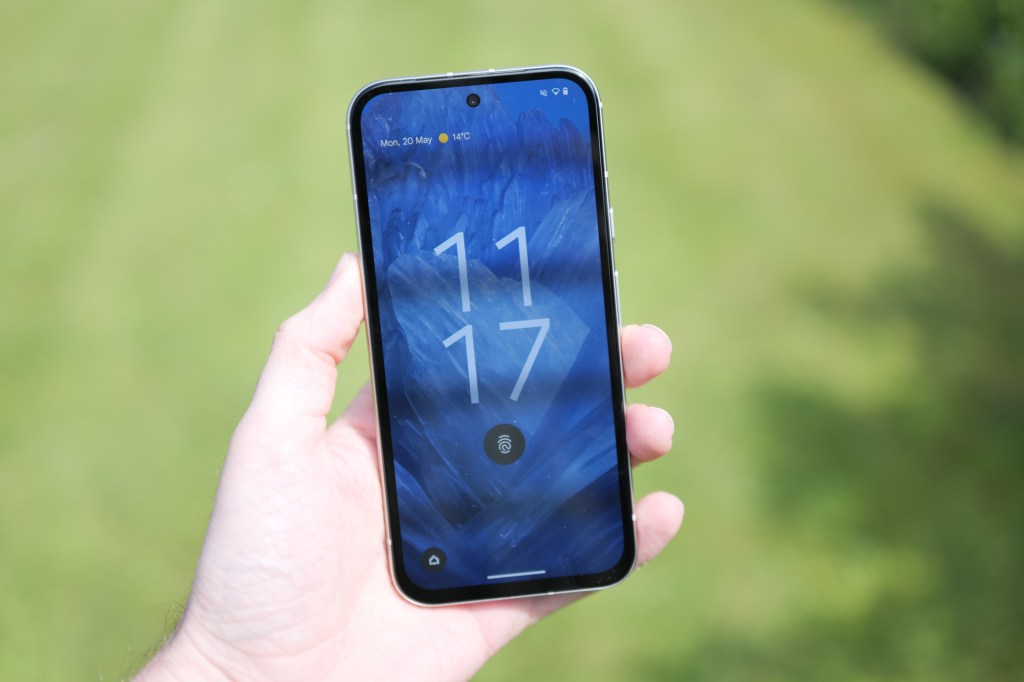
Let’s get the obvious question out the way first. Will there actually be a Pixel 9a? After rumours suggesting the Pixel 8a was dead in the water and Google shifting to biennial releases turned out to be false, similar whispers started up again once the mainline Pixel 9 phones had been revealed. Those have, once again, been kiboshed, as early leaks have started to appear online.
Assuming they’re accurate, you should expect an official reveal in May 2025. A look back at previous A-series phones shows why:
Pixel 8a – revealed May 14 2024
Pixel 7a – revealed 10th May 2023
Pixel 6a – revealed 11th May 2022
Pixel 5a – revealed 17th August 2021 (US and Japan only)
Pixel 4a, 4a 5G – revealed 3rd August 2020 (pandemic year)
Pixel 3a, 3a XL – revealed 7th May 2019
Beyond one COVID-related reshuffle in 2020, and a follow-up that saw a more limited global release, Google has stuck to May for its Pixel A-series launches. These are usually timed around the firm’s I/O conference, which usually gets held during that month.
I’m hoping Google won’t be following trends when it comes to pricing. The Pixel 8a landed at $499/£499, which while unchanged for US shoppers, represented a £50 price hike for UK customers from the £449 Pixel 7a. This was a further jump from the Pixel 6a’s $449/£399 starting price, and firmly takes the series out of ‘affordable’ territory.
Hardware and design rumours


According to Twitter user ShrimpApplePro, our first look at the Pixel 9a came from a private Vietnamese Facebook group. That might sound unusual, but previous Pixel leaks have come out of Vietnam, so the images carry some weight. They show a handset not too dissimilar from the Pixel 9, with flattened sides and a flat rear panel.
Interestingly the iconic camera bar doesn’t make an appearance – either suggesting Google is planning a radical redesign, or the handset is actually a pre-production prototype that won’t have any bearing on the finished product.
It’s difficult to judge scale based on the early leaked images, but apparently the Pixel 9a will stick with the same 6.1in screen size as the Pixel 8a. Expect an Actua display, rather than the extremely bright Super Actua panels found on the Pixel 9 Pro and Pro XL.
It’s all but certain the Pixel 9a will be powered by a Tensor G4 chipset; Google has reused its home-grown silicon for the A-series since the Pixel 6a, and there’s no reason it won’t do the same again. Whether the Pixel 9a will jump to 12GB of RAM is more of an unknown; the base Pixel 9 was boosted from 8GB to play nicer with Gemini Nano on-device AI, something Google will surely want running on its most affordable model.
There’s a slim chance Google will debut new Gemini features on the Pixel 9a, then roll them out swiftly to the rest of the Pixel 9 range. Or it might just port the existing suite of software and AI-infused apps, then save the bigger updates for the next mainline Pixel generation. By the time the Pixel 9a rolls out, though, it should be doing so with Android 15.
Battery capacity and charging speeds are expected to stay the same, and Google is rumoured to be using an older modem in order to cut costs. That’d be a big shame, as the newer modem in the Pixel 9 series is better across the board than the previous generation: stronger signal, less power drain, and better thermal management.
Photography is one area no Pixel phone ever disappoints, but whether it’ll be all-new sensors or simply a year’s worth of algorithm improvements is an unknown right now. The Pixel 8a had the same 64MP lead lens and 13MP ultrawide as the Pixel 7a, so surely new hardware is in order.
What we’d like to see from the Pixel 9a
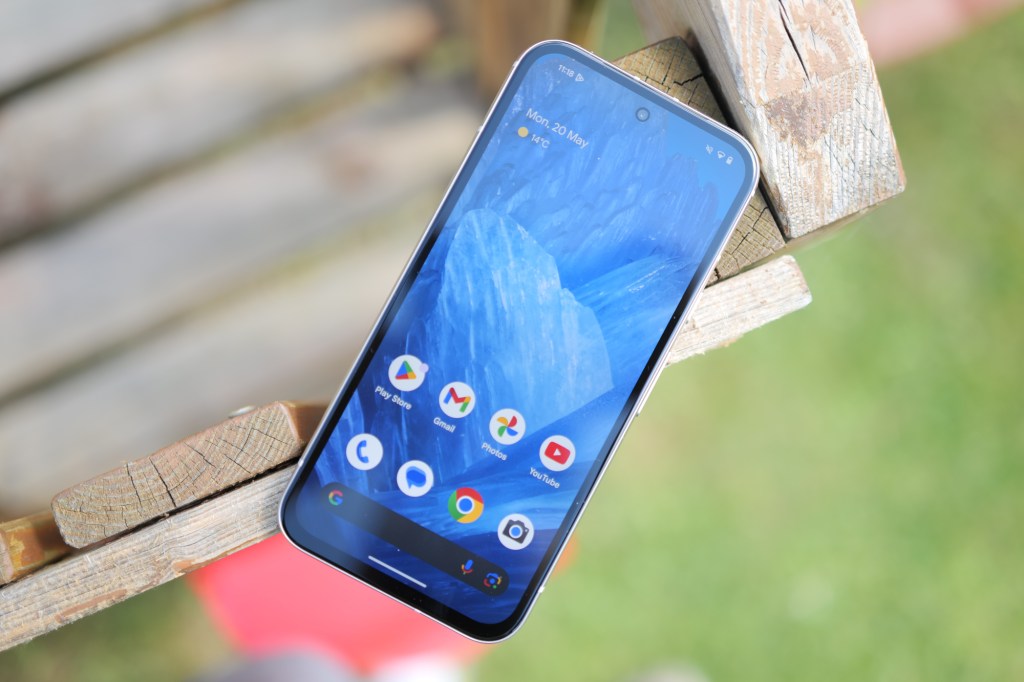

As much as Stuff raved about the Pixel 8a, giving it a full five star score, there are always areas Google could look to improve for the sequel. We’ve composed the usual wish list of features, with some being more likely to come true than others:
Faster charging speeds
Until recently, Apple, Google and Samsung were all pretty lax when it came to charging speeds. Apple changed that with the iPhone 16 generation, bringing 45W wired and 25W wireless charging to the entire line-up. While the Pixel A-series exists outside of the mainline Pixel bubble, it would still be great if it was first in line for a much-needed boost to charging, as a sign of things to come for the inevitable Pixel 10. I’m not even asking for a bigger battery (though that would always be nice) – just a little less time spent tethered to a power socket.
Get the price right
Google, don’t think we haven’t noticed how the Pixel A-series has gotten a lot more expensive in recent years. What started out as one of the best value phones around has moved further into mid-range territory, and is no longer the obvious choice for those on a tight budget. As Gemini becomes a more and more important part of the Pixel experience it’s hard to see how Google could lower the price of the Pixel 9a, while still using hardware powerful enough to run AI models on-device, but

